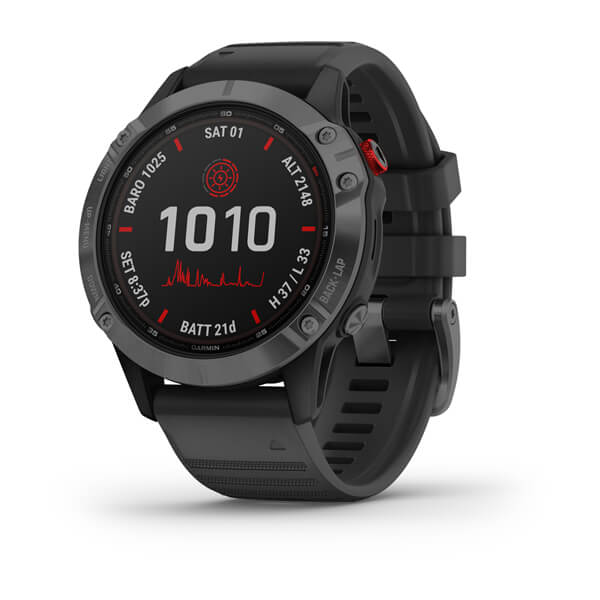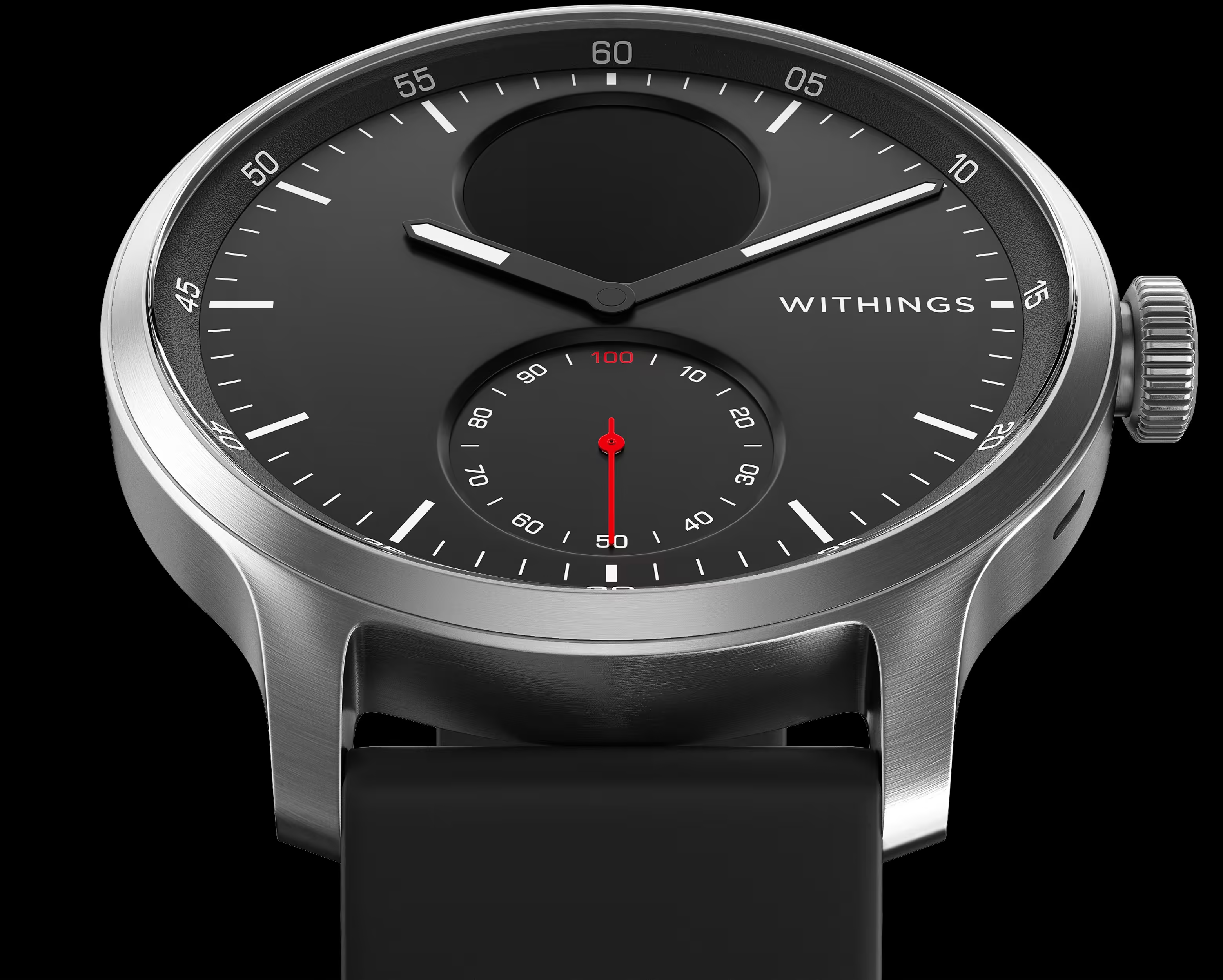Garmin fēnix® 6 Pro Solar | Multisport Solar Watch
fenix® 6 Pro Solar is a solar charging smartwatch featuring a Power Glass lens, which helps the fenix 6 Pro Solar stay on and performance ready for weeks.
HARNESS THE POWER OF THE SUN
Featuring a Power Glass™ solar charging lens and customizable power manager modes, this smartwatch can stay on and performance-ready for weeks.
Get a battery boost from the sunlight, so you can go longer between charges.
How is your body holding up? Wrist-based heart rate1 and Pulse Ox2 will let you know.
Need running pace guidance that knows the terrain? Check out the PacePro™ feature.
Navigate every adventure with TOPO maps right on your wrist.
Music on your wrist, and no phone weighing you down.
Leave the cord at home. Solar charging lets you get up to 14 days of battery life — and then some!
QUALITY BY DESIGN
The rugged yet sophisticated design features a large 1.3” display. It is tested to U.S. military standards for thermal, shock and water resistance.
PREMIUM MATERIALS
Fit the look to your lifestyle with your choice of titanium, stainless steel or DLC coated bezels.
Additional information
| IN THE BOX | fēnix 6 Pro Solar |
|---|






Reviews
There are no reviews yet.